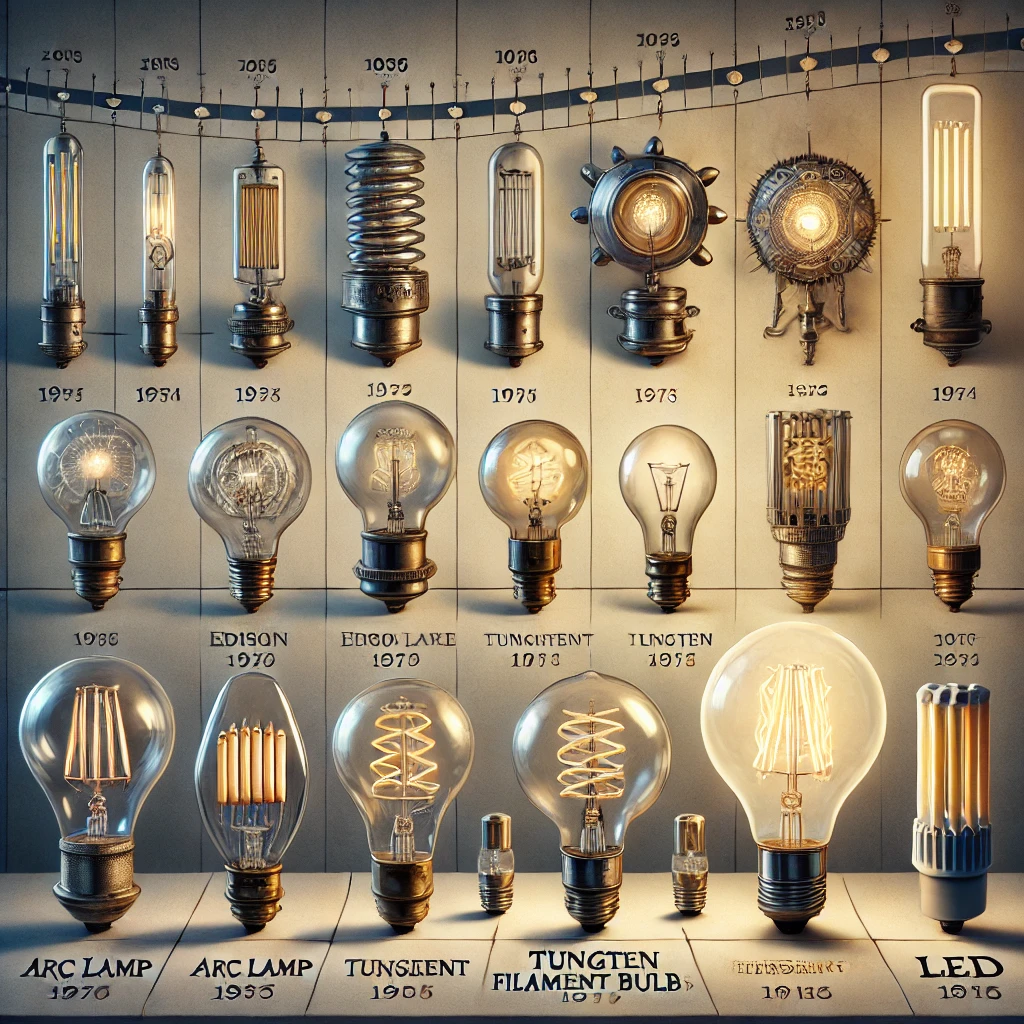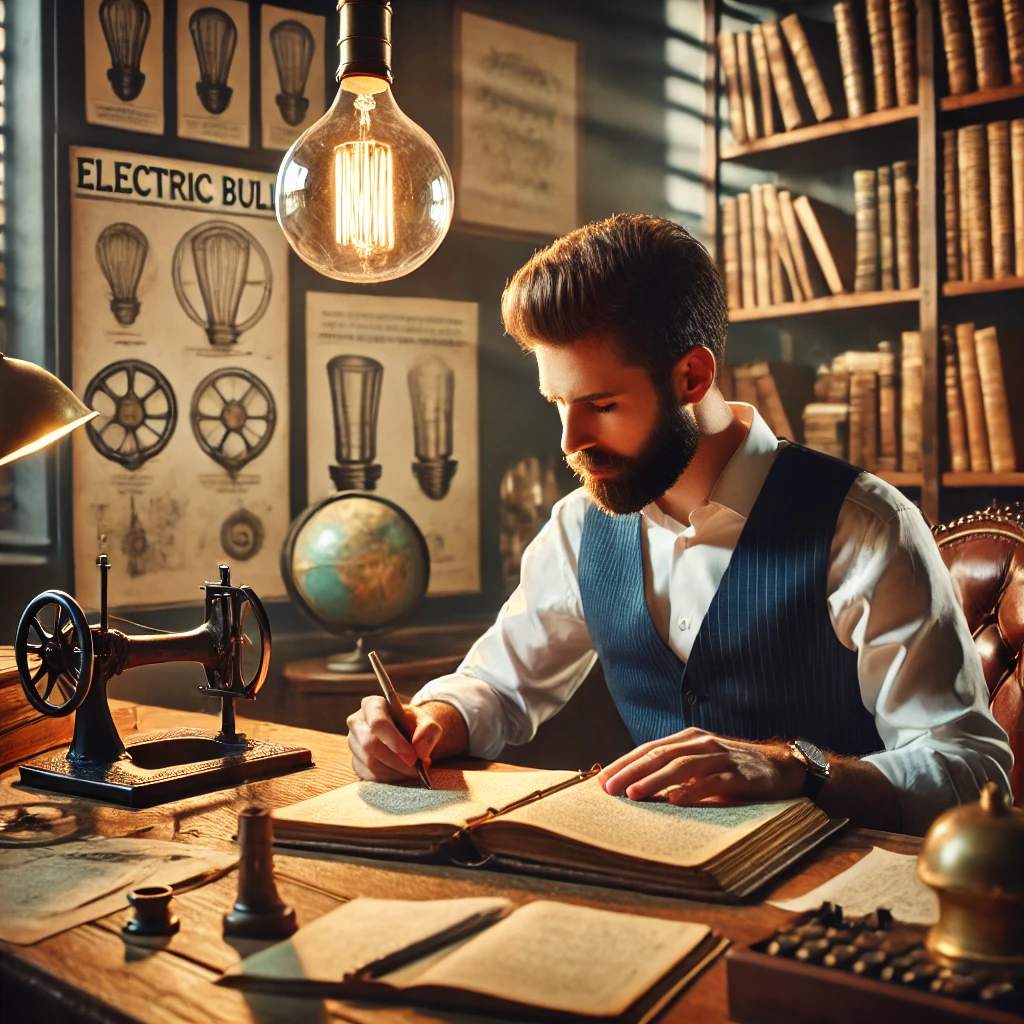
The electric bulb, a cornerstone of modern life, has a fascinating history that spans centuries of innovation, experimentation, and breakthroughs. From early attempts to harness electric light to the development of efficient LED bulbs, the journey of the electric bulb is a tale of ingenuity and perseverance.
Early Experiments (1800–1840)
The journey began in the early 19th century. In 1800, Italian scientist Alessandro Volta invented the Voltaic Pile, the first chemical battery, which made a continuous current possible. This innovation paved the way for experiments with electric light.
One of the first practical demonstrations came in 1806 when Sir Humphry Davy, an English chemist, introduced the arc lamp. He connected a battery to carbon electrodes, creating a bright, continuous arc of light. However, arc lamps were impractical for everyday use due to their intense brightness and need for constant adjustment.
The Quest for Incandescence (1840–1870)
The mid-19th century saw scientists working to create a sustainable, enclosed source of electric light. In 1841, British inventor Frederick de Moleyns patented one of the first designs for an incandescent lamp. His bulb used a platinum filament in a vacuum, but the high cost of materials and technical limitations hindered its success.
In 1854, German watchmaker Heinrich Göbel claimed to have created an early version of the incandescent bulb using carbonized bamboo as a filament. However, his invention did not gain widespread attention.
The Age of Edison and Swan (1870–1880)
The breakthrough came in the 1870s with the work of Thomas Edison and Joseph Swan. Both inventors were working on creating a practical, long-lasting incandescent bulb. Swan, a British physicist, patented a design in 1878 using a carbonized paper filament. Edison, working independently in the United States, patented his version in 1879.
Edison’s bulb was more commercially viable because of its high-resistance filament and better vacuum technology, allowing it to last for up to 40 hours. In 1883, Edison founded Edison Electric Light Company, making electric lighting accessible to the public.
Advancements in Filament Technology (1900–1930)
As the demand for electric lighting grew, researchers sought ways to improve bulb efficiency and lifespan. The early 20th century saw the transition from carbon filaments to tungsten, a material known for its high melting point and durability. General Electric introduced tungsten filaments in 1906, revolutionizing the industry.
The Fluorescent Era and LEDs (1930–2000)
The 1930s brought the development of fluorescent lamps, which were more energy-efficient than incandescent bulbs. These lamps worked by exciting mercury vapor inside a tube, which emitted ultraviolet light that was converted to visible light by a phosphor coating.
In the late 20th century, the focus shifted to light-emitting diodes (LEDs). First developed in the 1960s, LEDs were initially used in indicator lights and electronics. By the 2000s, advancements in LED technology made them a viable option for general lighting, offering unparalleled energy efficiency and lifespan.
The Modern Bulb (2000–Present)
Today, LED technology dominates the lighting market, reducing energy consumption and environmental impact. Smart bulbs, integrated with IoT technology, allow users to control lighting remotely and customize color and intensity.

The history of the electric bulb is a testament to human innovation, evolving from crude experiments to sophisticated, sustainable solutions that illuminate the modern world.






